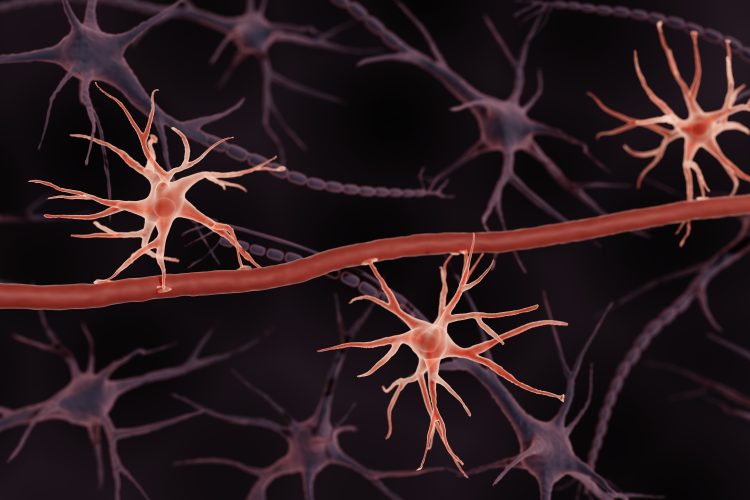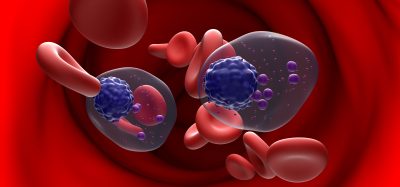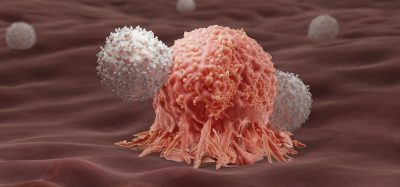New pathway to transition neural stem cells into a proliferative state
Posted: 20 August 2024 | Drug Target Review | No comments yet
Understanding the signalling pathway controlling neural stem cell reactivation could offer a strategy for using existing drugs to treat neurodevelopmental disorders.


A new pathway to transition neural stem cells from a quiescent state to a proliferative state has been discovered by researchers at Duke-NUS Medical School and the Mechanobiology Institute (MBI) at the National University of Singapore (NUS). This finding could pave the way for novel therapies for neurodevelopmental disorders.
Neural stem cell activation defects are linked to ageing-related cognitive decline and neurodevelopmental disorders, like microcephaly. Drosophila were used to study this activation, because, similarly to mammals, the neural stem cells of fruit flies remain quiescent until they are awakened. The new study demonstrated that astrocytes, traditionally thought to provide structural and nutritional support, are crucial for activating dormant neural stem cells in fruit fly brains.
The team utilised super-resolution microscopy with 10-times magnifying power to investigate the tiny fibre structures that are a hallmark of dormant neural stem cells of fruit flies. Around 1.5 µm in diameter, these structures are rich in actin or protein filaments. A specific type of Formin protein can activate these filaments and cause them assemble.
First author Dr Lin Kun Yang, who was a research fellow at Duke-NUS at the time of the study, explained: “We decided to home in on this pathway as variants in Formin levels are associated with neurodevelopmental disorders like microcephaly in humans. Understanding this pathway could provide new insights into developing solutions to treat neurodevelopmental disorders.”
It was observed that astrocytes release Folded gastrulation (Fog), a signalling protein which initiates a chain reaction that includes activating the Formin protein pathway to control the movement of actin filaments. Then, GPCR in neural stem cells responds to Fog secreted from astrocytes, activating the signalling pathway that controls the formation of actin filaments in neural stem cells. Therefore, the GPCR protein family has become a major drug target for treatments of various human diseases, with 34 percent of FDA-approved drugs targeting it.
Ultimately, a deeper knowledge of how this signalling pathway controls neural stem cell reactivation could offer a strategy for using existing drugs to treat neurodevelopmental disorders.
This study was published in Science Advances.
Related topics
Microscopy, Neurosciences, Protein, Stem Cells, Therapeutics
Related conditions
neurodevelopmental disorders
Related organisations
Duke-NUS Medical School, Mechanobiology Institute (MBI), National University of Singapore (NUS)
Related people
Dr Lin Kun Yang (Duke-NUS)








